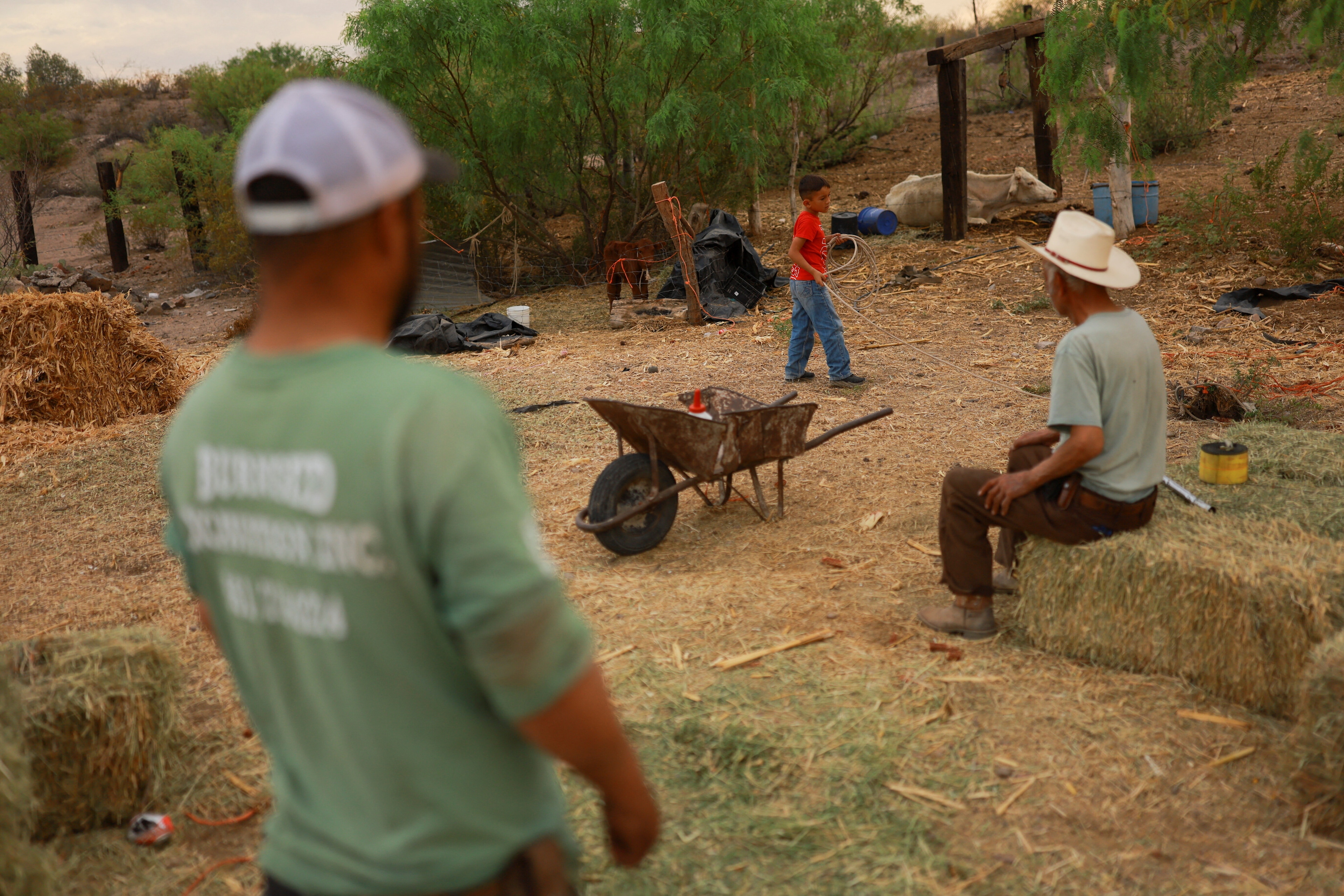Here's how climate change could cause insects to destroy our crops

Climate change models fail to account for how invested plants respond to heat.
Image: Unsplash/ Maria Teneva
Stay up to date:
How to Save the Planet
- We might have underestimated the loss of crops to insects, as the climate warms.
- Scientists have found insect metabolism speeds up with heat and they eat more.
- Warmer temperatures could also open up a wider range of hospitable habitats to insects.
Recent models tell us that, as our climate warms up, herbivores and pests will cause increased damage to agricultural crops. One study predicted that crop yield lost to insects increases 10 to 25% for every 1 degree Celsius (1.8 degrees Fahrenheit) increase.
These models are incomplete and we may underestimate the losses, researchers say. Their findings show that infested tomato plants, in an attempt to fight off caterpillars, don’t adapt well to rising temperatures. This double-edged sword worsens their productivity.
According to the study, two factors are at play. The first is rising temperatures. Insect metabolism speeds up with heat and they eat more. Also, warmer temperatures could open up a wider range of hospitable habitats to insects.
Second, and this is what current models ignore, is how the infested plants react to the heat.
“We know that there are constraints that prevent plants from dealing with two stresses simultaneously,” says Gregg Howe, professor at the Plant Research Laboratory at Michigan State University. “In this case, little is known about how plants cope with increased temperature and insect attack at the same time, so we wanted to try and fill that gap.”
Plants have systems to deal with different threats. Caterpillar attack? There is a system for that. When a caterpillar takes a bite off a leaf, the plant produces a hormone, called Jasmonate, or JA. JA tells the plant to quickly produce defense compounds to thwart the caterpillar.
Temperatures too hot? Overheated crops have another bag of tricks to cool themselves down. Obviously, they can’t make a run for the inviting shade under a tree. They lift their leaves away from the hot soil. They also “sweat” by opening their stomata—similar to skin pores—so that water can evaporate to cool the leaves.
Nathan Havko, a postdoctoral researcher in the Howe lab, had a breakthrough when he grew tomato plants in hot growth chambers, kept at 38 degrees Celsius (100.4 degrees Fahrenheit). He also let hungry caterpillars loose on them.
“I was shocked when I opened the doors to the growth chamber where the two sets of plants were growing at ‘normal’ and ‘high’ temperatures,” Howe says. “The caterpillars in the warmer space were much bigger; they had almost wiped the plant out.”
“When temperatures are higher, a wounded tomato plant cranks out even more JA, leading to a stronger defense response,” Havko says. “Somehow, that does not deter the caterpillars. Moreover, we found that JA blocks the plant’s ability to cool itself down, it can’t lift its leaves or sweat.”
Perhaps, the plants close their pores to stop losing water from the wounded sites, but they end up suffering the equivalent of a heat stroke. It’s even possible that the caterpillars are crafty and do extra damage to keep the leaf pores closed and leaf temperatures elevated, which will speed up the insect’s growth and development.
And, there are consequences.
“We see photosynthesis, which is how crops produce biomass, is strongly impaired in these plants,” Havko says. “The resources to produce biomass are there, but somehow they aren’t used properly and crop productivity decreases.”
Researchers still have many open questions to resolve but, as of right now, they say the study suggests that when global temperatures rise, plants might have too many balls to juggle.
“I think we have yet to appreciate the unexpected tradeoffs between defense responses and plant productivity, especially when other types of environmental stress are present,” Howe says. “Turning on the defense response may do more harm than good if the plants face high temperatures or other stresses.”
Don't miss any update on this topic
Create a free account and access your personalized content collection with our latest publications and analyses.
License and Republishing
World Economic Forum articles may be republished in accordance with the Creative Commons Attribution-NonCommercial-NoDerivatives 4.0 International Public License, and in accordance with our Terms of Use.
The views expressed in this article are those of the author alone and not the World Economic Forum.
Related topics:
Forum Stories newsletter
Bringing you weekly curated insights and analysis on the global issues that matter.
More on Climate ActionSee all
Jose Ignacio Galindo and Nicolas Wertheimer
July 24, 2025
David Elliott
July 22, 2025
Stephanie Dunn and Firuze Alpaydin
July 22, 2025
Muhammad Hassan Dajana and James Balzer
July 22, 2025




